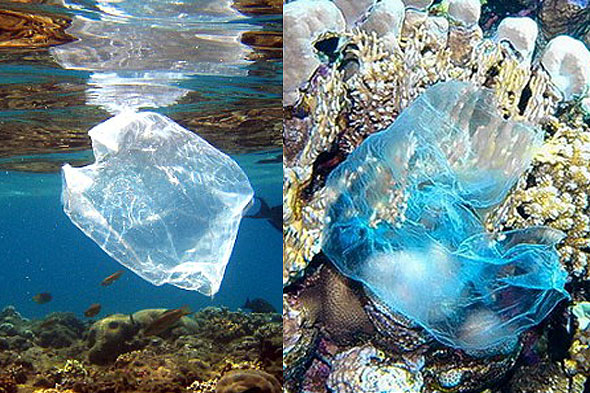
Seashell-Inspired Bioplastic Brings Promise for Cleaner Oceans
An innovative breakthrough from scholars at the University of Southern California (USC) has the potential to significantly alleviate the dire consequences of plastic pollution on marine ecosystems. A research group led by Eun Ji Chung at the USC Viterbi School of Engineering has created a biodegradable, marine-compatible material that may serve as a substitute for conventional plastic items such as beverage rings and plastic bags—two prevalent sources of ocean pollution.
The newly developed biomaterial, referred to as POC-CC, merges calcium carbonate—the substance that imparts durability to seashells—with a biodegradable polymer known as poly (1,8-octanediol-co-citrate), or POC. This elastomer has already received FDA approval for use in medical implants, demonstrating that it has undergone extensive testing for both safety and biocompatibility.
An Environmental Innovation Emerges from the Lab
Chung, driven by the staggering quantity of single-use plastics in lab environments, foresaw a future where materials utilized in both scientific research and everyday products would not negatively impact the planet.
“Even in our lab, everything is single-use plastic because everything has to be sterile,” Chung shared. “It all started to feel very overwhelming for me personally.”
Determined to discover an alternative, her team incorporated varied amounts of calcium carbonate into POC to create POC-CC. This combination strengthens the material while ensuring its capacity to decompose safely over time—a characteristic tested and validated in a laboratory simulation of ocean conditions. Over a six-month period, the material degraded by up to 8.5% of its mass while retaining sufficient structural integrity for practical applications.
Marine-Compatible and Free of Microplastics
In contrast to traditional plastics that can persist in oceans for centuries and disintegrate into harmful microplastics, POC-CC provides a more symbiotic relationship with marine habitats. In toxicity assessments using common marine algae, the breakdown byproducts of POC-CC exhibited no significant impact on cell viability, evidencing the material’s non-toxic nature and biocompatibility with aquatic life.
This environmental safety is an essential aspect in the fight against plastic in the oceans. As reported by UNESCO, plastic waste constitutes 80% of marine pollution, with 8–10 million metric tons entering the oceans annually. Numerous marine creatures are trapped, harmed, or killed as they mistake plastics for food or become entangled.
A Strong and Eco-Friendly Substitute
In addition to its ecological advantages, the functional performance of POC-CC was confirmed through the creation of a working prototype: a beverage holder ring capable of supporting the weight of three full soda cans, totaling over 190 grams. This not only demonstrates the strength and flexibility of the material but also indicates its potential to effectively replace current plastic options in consumer packaging and transportation.
Moreover, researchers found that increasing the proportion of POC in the mixture speeds up the degradation rate—an important feature for applications intended for short-term use. The addition of calcium carbonate also played a role in stabilizing the pH of ocean water during degradation, reducing the risk of ecological disruption.
A Bright Future for Plastic Alternatives
This innovation emerges at a pivotal moment in environmental history. Governments, corporations, and communities around the globe are confronting the immense scale of the plastic pollution crisis, considering bans, recycling efforts, and alternative materials. The USC team’s research presents an exciting new avenue forward—a sustainable, scalable option that emphasizes not just functionality and biodegradability, but also safety for fragile marine ecosystems.
The research team is presently focused on enhancing the POC-CC material to further increase its degradation rate and to investigate its applicability in a wider array of fields, including agriculture and healthcare.
As the health of our oceans remains a critical global issue, advancements like POC-CC symbolize more than scientific progress—they offer real hope. These innovations embody the possibility of a future where consumer convenience and environmental responsibility coexist, along with a resilience in our oceans that reflects human creativity.
Discover more about the study here: Seashell-inspired biodegradable composites for marine-safe plastic alternatives (SpringerLink)
Together, science and sustainability are charting a new course for cleaner, safer oceans—one biodegradable soda ring at a time.